1. Ayds Appetite Suppressant Candy

It sounds wild now, but Ayds candy was once marketed as a tasty way to lose weight. These chewy little cubes came in flavors like chocolate and caramel, and the idea was that you’d eat one before a meal to curb your appetite. They were a hit in the ’70s, showing up in every women’s magazine and even on TV commercials. The product actually predated the AIDS epidemic, but by the early ’80s, the unfortunate name doomed it.
Despite the awkward name association, some loyal fans swore by them and insisted they really did help them slim down. Each cube contained phenylpropanolamine, a stimulant similar to amphetamines, which explains the appetite-suppressing effects. By the mid-’80s, the brand tried to rename itself “Diet Ayds,” but it was too late. Today, it’s remembered more for its branding disaster than its results.
2. Sego Liquid Diet
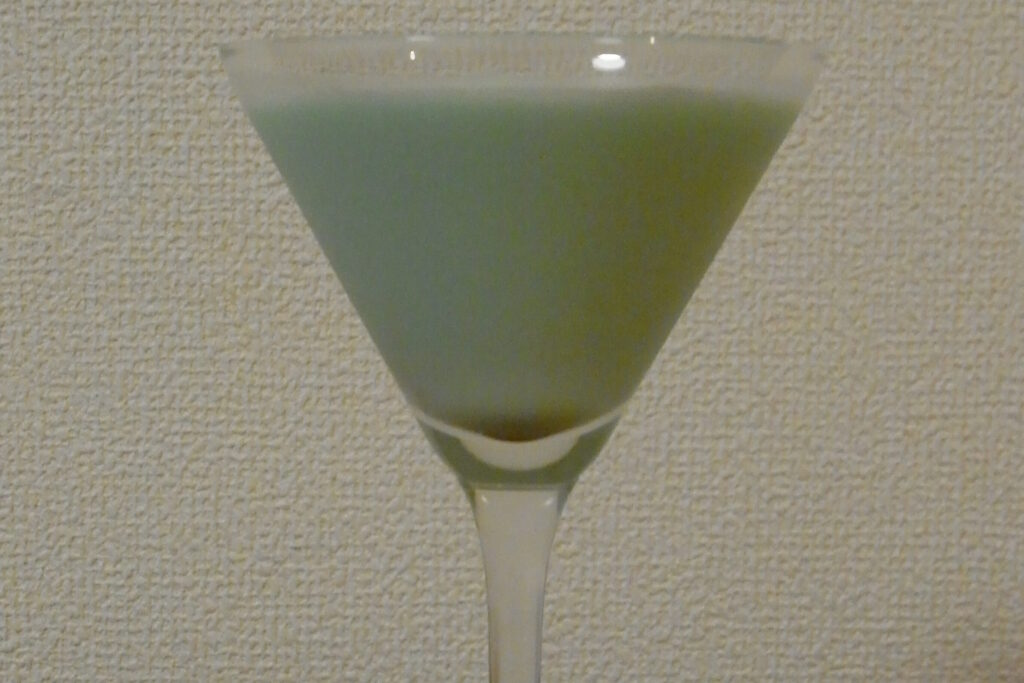
Before SlimFast, there was Sego—a canned meal replacement that promised easy weight loss through “scientific nutrition.” The drink came in flavors like chocolate, vanilla, and even butterscotch, and many dieters used it to replace two meals a day. The commercials often featured thin, glamorous women smiling while sipping Sego through a straw, making it seem like the secret to effortless beauty.
However, the taste was chalky, and the nutrition was questionable at best. Like other liquid diets of the time, Sego contained very few calories and little protein, which made it unsustainable long-term. It was eventually pulled from shelves after concerns about health risks emerged. But for a few years, Sego was the “it” diet drink of the decade.
3. Metrecal
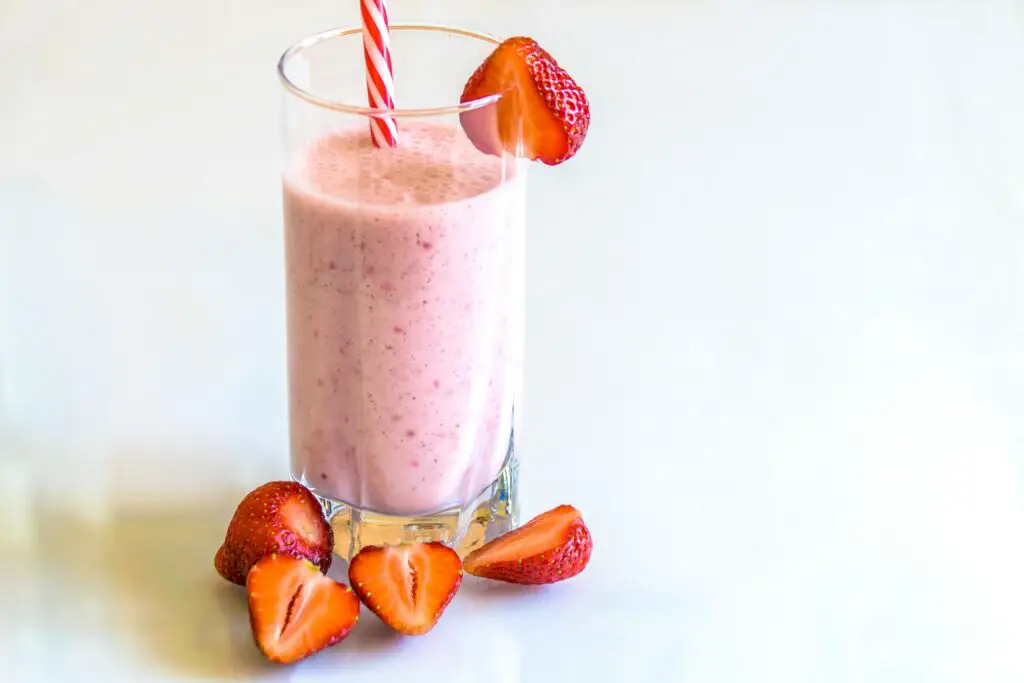
Metrecal was another early diet shake that paved the way for meal replacements to come. Marketed as a “scientific solution” to weight loss, it was basically a powder you mixed with water or milk. The company promised that four servings a day would help people shed pounds safely under the guidance of modern nutrition.
Unfortunately, Metrecal tasted like flavored chalk, and most people couldn’t stomach it for long. Despite that, it became wildly popular with housewives and office workers trying to slim down before special occasions. Doctors later criticized its extremely low calorie content and lack of nutrients. By the late ’70s, it had mostly disappeared from the shelves, leaving behind a legacy of strange diet nostalgia.
4. Tuna Salad Diet Plates
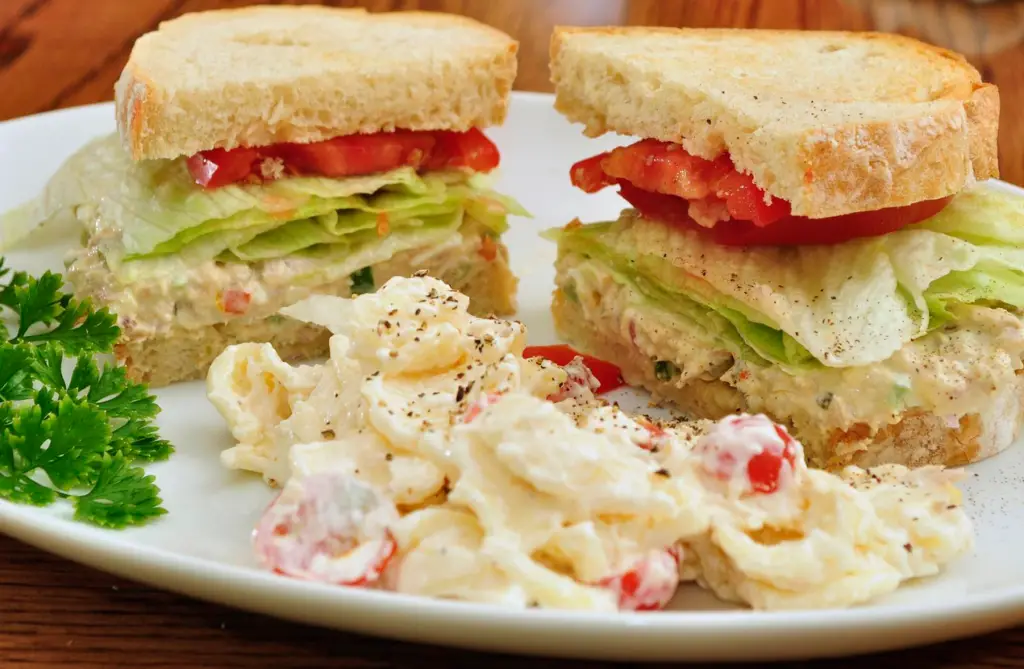
Many ’70s restaurants offered something called a “diet plate,” which usually consisted of a scoop of tuna or cottage cheese sitting on a sad bed of lettuce. This was often served with a single tomato slice and a few cucumber rounds for good measure. The plate looked more like a punishment than a meal, but it was considered the polite way to diet in public.
Diners loved the simplicity—no dressing, no carbs, and certainly no joy. Some restaurants even charged extra for it, calling it a “special health plate.” Looking back, it’s hard to imagine anyone choosing this willingly, but during the calorie-obsessed ’70s, it was a lunchtime staple.
5. Grapefruit Diet Kits

The “Hollywood Grapefruit Diet” became one of the biggest fads of the decade, and food companies quickly jumped on board. Entire kits were sold with canned grapefruit segments, juice, and even supplement tablets promising extra “fat-burning” power. People were told they could lose 10 pounds in 10 days just by eating half a grapefruit before every meal.
It sounded glamorous but was basically just a low-calorie crash diet. Many followers complained about constant hunger, dizziness, and an intense hatred for citrus by week’s end. Still, it persisted for years and even resurfaced in the ’80s under new names. It remains one of the most famous (and strangest) diet crazes ever marketed.
6. Tab Cola
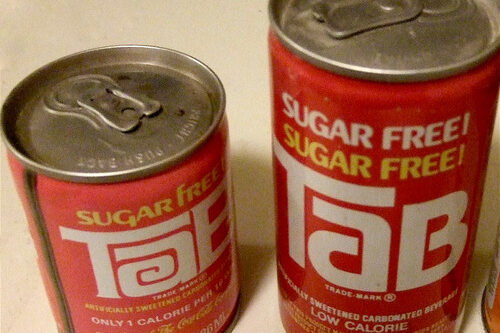
Tab was Coca-Cola’s first diet soda, released in the ’60s but wildly popular throughout the ’70s. It was marketed toward women who wanted to “keep tabs” on their figure, hence the name. With its distinctive pink can and saccharine sweetener, Tab became a symbol of diet culture during the disco era.
While some loved its unique taste, others thought it had a bitter, metallic aftertaste. That didn’t stop loyal fans from buying it by the case. When Diet Coke debuted in the ’80s, Tab’s popularity declined sharply. Still, for a time, it was the drink of choice for anyone counting calories at the office.
7. Carnation Slender
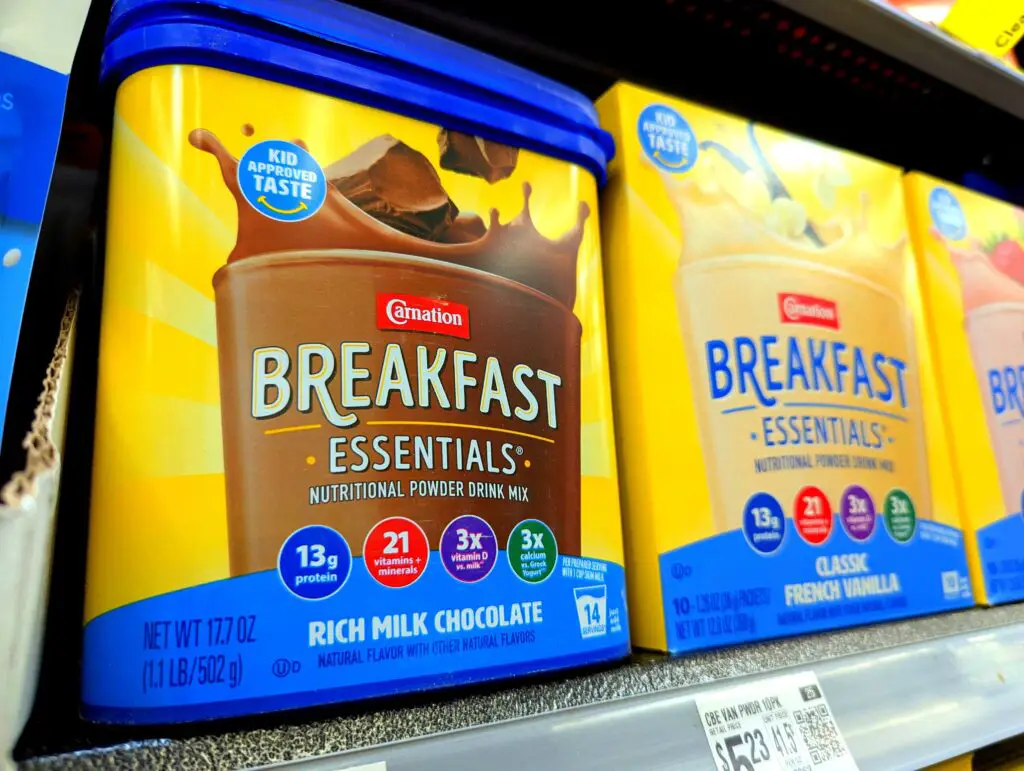
Carnation tried to cash in on the diet craze with its own instant mix called Slender. The powder promised “complete nutrition” and came in convenient single-serve packets you could stir into milk. It was meant to replace meals, just like Sego or Metrecal, and was heavily promoted to women who wanted to lose weight while “staying active.”
The problem was that it didn’t taste great and left people feeling hungry an hour later. Critics also noted that it relied heavily on sugar and artificial ingredients. Despite its flaws, Slender enjoyed a brief run of popularity before fading into obscurity. It’s now remembered mostly as one of many ’70s diet products that didn’t quite deliver.
8. Appetite-Suppressing Chewing Gum

Yes, there really was “diet gum” in the ’70s, and it claimed to reduce hunger between meals. These gums contained caffeine or mild stimulants that were supposed to trick your body into feeling full. The packaging often looked like regular gum, with names like “Diet-Gum” or “Calorie-Cutter.”
While it might have worked short-term, the side effects included jitters and headaches. Some even contained chemicals later deemed unsafe. Still, they were sold in drugstores next to mints and vitamins, making them seem totally normal at the time. The fact that people willingly chewed medicated gum for weight loss says a lot about the era’s obsession with thinness.
9. Sugar-Free Jell-O

Jell-O was already a household favorite, but in the ’70s, the company launched sugar-free versions aimed squarely at dieters. They were made with artificial sweeteners like saccharin, giving them a slightly off taste that didn’t stop people from loving them. The ads often featured slim women enjoying “guilt-free dessert” after dinner.
The appeal was all about indulgence without consequences, even if the taste wasn’t quite the same. Sugar-free Jell-O became a staple at Weight Watchers meetings and potlucks. It was also one of the first widely accepted diet desserts that didn’t feel like medicine. That nostalgia still lingers, especially for anyone who remembers those pastel boxes in the pantry.
10. Weight Watchers Frozen Meals

In the ’70s, Weight Watchers wasn’t just a meeting—it was a full lifestyle, complete with branded foods. The company rolled out a line of frozen dinners that promised portion control and balanced nutrition. The meals included items like “Chicken Italiano” and “Beef Burgundy,” but the portions were famously tiny.
Many people found the meals bland or watery, but they sold well because they fit perfectly into the structured diet plan. For the first time, busy dieters could simply heat and eat, no calorie-counting required. It was revolutionary in its convenience, even if no one left the table feeling satisfied.
11. Celery and Cottage Cheese Snack Packs

Cottage cheese had a moment in the ’70s, and diet culture ran with it. Grocery stores began selling snack-size versions with pre-portioned cottage cheese and a few celery sticks. The idea was that you could have a “filling, low-calorie snack” that felt fresh and healthy.
It wasn’t exactly exciting, but people swore it helped them stay on track. Some even brought these snack packs to work for lunch, which says a lot about the dedication to dieting at the time. Today, it’s hard to imagine getting excited about cottage cheese and celery, but in the ’70s, it was the definition of discipline.
12. Saccharin Tablets
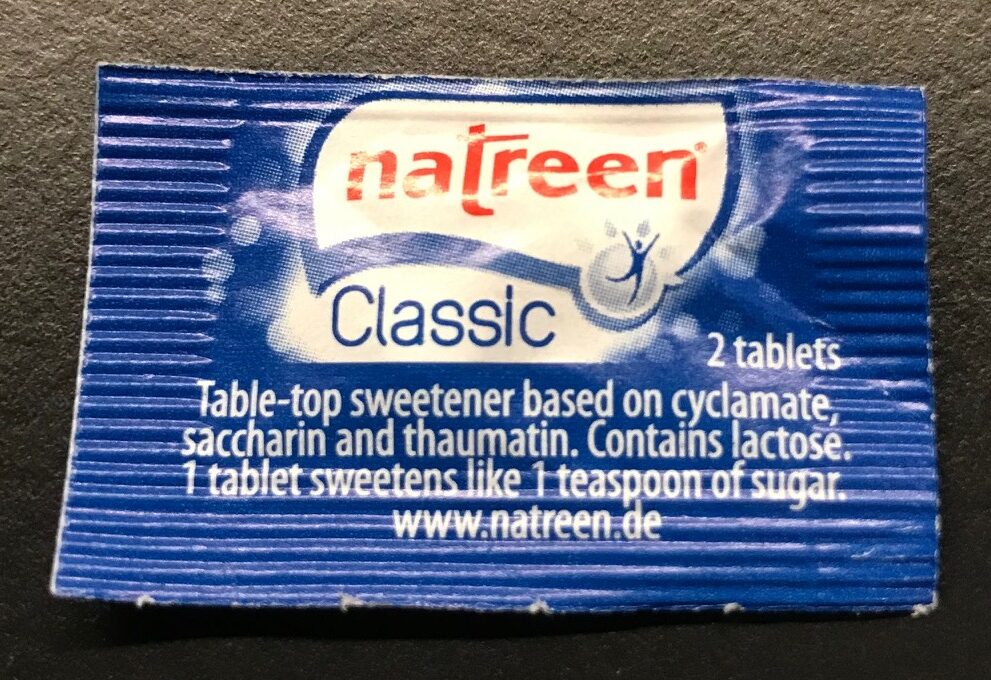
Before Splenda and Equal, there were little saccharin tablets that dieters carried in tiny tins or dispensers. You’d drop one into your coffee or tea instead of sugar, and it felt futuristic at the time. The tablets were incredibly popular among calorie-counters and even came in pocket-sized cases you could clip to your purse.
The catch? Saccharin had a bitter aftertaste and was later linked to cancer in lab rats, which caused a major scare in the late ’70s. Still, many people refused to give it up, arguing that “everything causes cancer anyway.” It’s since been deemed safe in small doses, but few diet products capture that strange mix of hope and hazard quite like those tiny tablets.
13. Lean Line Canned Meals
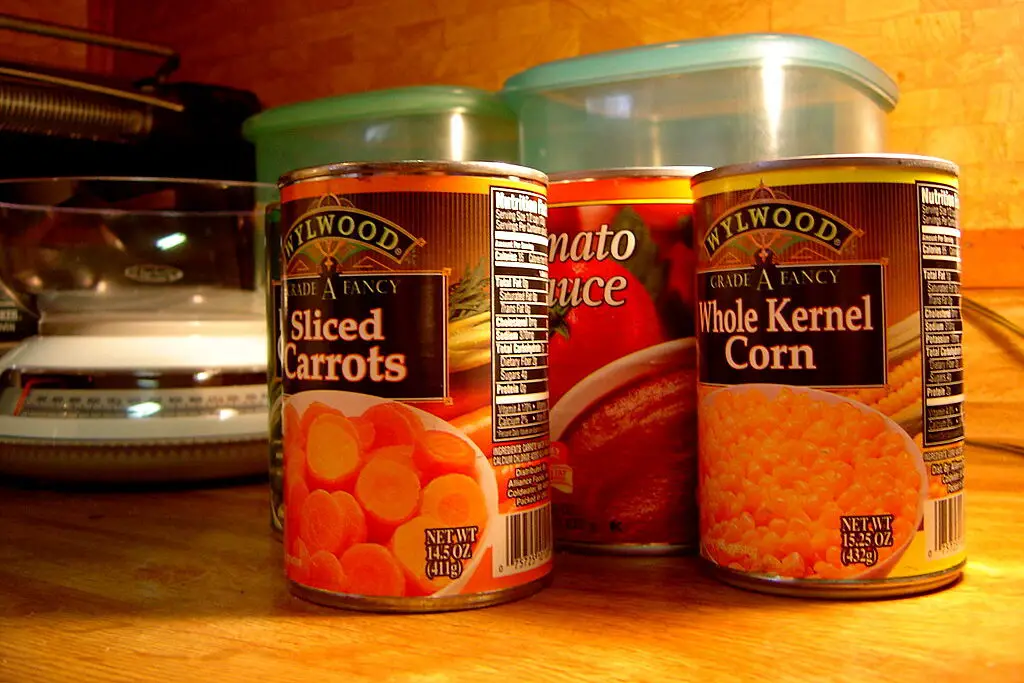
Not many people remember Lean Line, but it was one of several attempts to make “diet-friendly” canned meals. The brand offered things like chicken stew and vegetable medley, all under 300 calories per can. It was supposed to make dieting easy—just open, heat, and eat.
Unfortunately, the flavor was closer to hospital food than home cooking. Reviews at the time complained about blandness and mushy textures, but that didn’t stop health-conscious shoppers from trying it. For many, it symbolized the convenience craze that took over the ’70s diet world. It may not have lasted, but it certainly earned its place in weird diet history.
